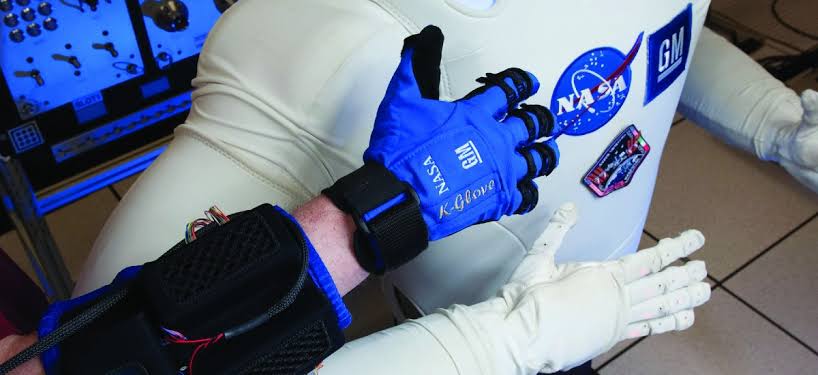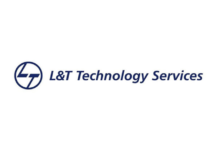Futuristic, robotic handwear may support people on the job, or if they suffer from reduced hand strength.
NASA’s Johnson Space Center researchers developed, created and patented a lightweight, tech-powered, robotic handwear device—the Robo-Glove—that enables users to grip or grasp tools or execute repetitive motions painlessly over extended periods of time.
Today, America’s Space Agency is looking for businesses to licence or sell a revolutionary, self-contained unit, created in partnership with General Motors.
“Robo-Glove has the potential to help workers, such as construction workers, hazardous materials workers, or assembly line operators, whose work requires continuous grasping and unencumbering,” NASA officials wrote in a special note outlining the latest technology transition opportunity on Monday. “The Robo-Glove also has potential applications for prosthetic devices, rehabilitation aids and people with impaired or limited arm and hand muscle strength.”
NASA does not produce products for commercial sale. However, through its Technology Transfer Program, the Agency’s solutions are made available for organisations to licence, sell or further grow into commercial products.
While the note gave scant information about the Robo-Glove makeup, NASA’s TTP website gives a closer look at the tool and the engineering behind it.
It’s hardware “was the Robonaut 2 spinoff,” or R2, the very first humanoid robot in space.
The completely designed method is now “essentially a robot on your hand, with actuators embedded in the gloves that provide human fingers with grip support,” the organisation said. Pressure receptors in the fingertips of the gloves are identical to those that give R2 its own sense of touch. They will sense when the user grasps something and the synthetic tendons automatically pull the fingers of the wearer to the grasping place where they are retained before they are released.
“An astronaut working in a pressurised suit outside a space station or an assembly operator in a factory may need to use 15 to 20 lbs of force to hold a tool during operation,” NASA wrote. “The use of the Robo-Glove would however, potentially reduce the force applied to only 5 to 10 lbs.”
The system’s power comes from a lithium-ion battery that is worn “separately on the belt,” the Department said. The present version, weighing about 2 lbs, is also fitted with a small monitor for programming and diagnostics.
NASA sees future uses for building and automobile jobs, medicine, hazardous materials handling—and more. Involved individuals are encouraged to request a licence application through their Electronic Technology Licensing Application Framework.






